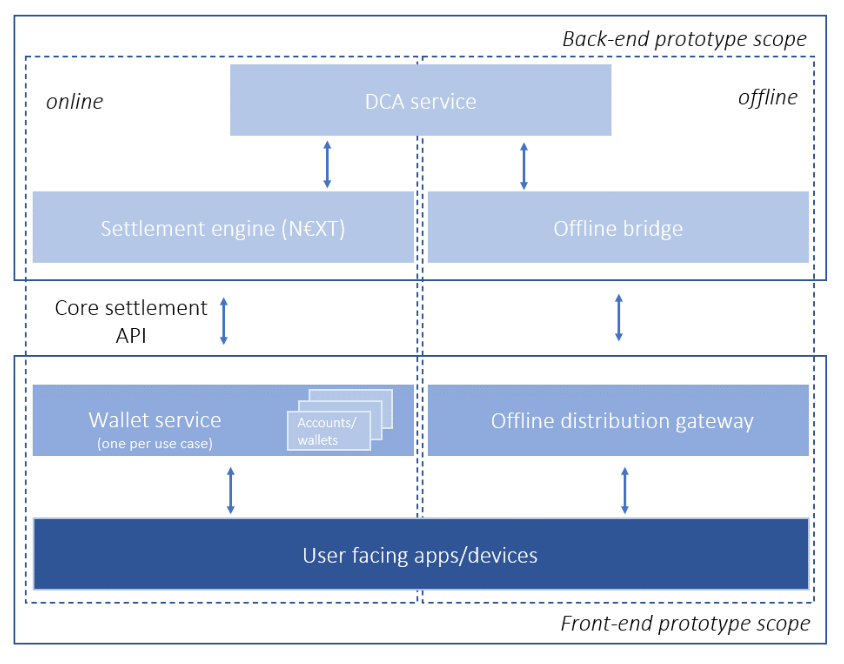
Bereits vor Ausbruch der Covid19-Pandemie haben David Stark und Noortje Marres die fortwährende Ausweitung von Testverfahren als eine Signatur von test societies beschrieben. Sie konzentrierten sich dabei auf das wechselseitige Verhältnis von Test und Gesellschaft(en). Denn Tests finden nicht allein nur in Labor und Werkstatt, Büro oder Studio statt, sondern in sämtlichen Lebens- und Arbeitsbereichen. Doch in welchem Verhältnis stehen Medien und Tests – historisch, in der digitalen Gegenwart, politisch und methodologisch?
Wir schlagen vor, Tests als offene Situationen zu verstehen, in denen mittels etablierter oder sich erst während des Testens etablierender Maßstäbe soziotechnisch Entscheidungen ermöglicht werden. Mit Tests wird das Neue und Unerwartbare nicht nur erkundet, sondern medial registriert, identifiziert und klassifiziert. Auf diese Art und Weise werden situierte Daten als Fakten generiert, die wiederum Entscheidungen ermöglichen. Dadurch transformiert der Test das Getestete und seine Umgebung. Für einen medienkulturwissenschaftlichen Begriff des Tests gilt: In den Mikroentscheidungen des verteilten und verteilenden Testens steht das Soziale selbst auf der Probe. Der annoncierte Themenschwerpunkt von Heft 29 untersucht deshalb medienhistorische wie gegenwärtige Praktiken und Techniken von Testgesellschaften und fragt, wie sich Medien und Tests wechselseitig konstituieren – ob als Sinnestest, Testbild oder Testton, Probedruck, Testvorführung, Pilotfilm, Betaversion, Test technischer Objekte und Abläufe, forensische Analyse, Wissensprüfung oder biomedizinische Zertifizierung.
Besondere Aufmerksamkeit sollen die Politiken des Testens erfahren. Testgesellschaften können kontrollgesellschaftliche Elemente enthalten, doch die Politiken von Testsituationen entfalten sich auf unterschiedliche Weisen. Anstelle direkter Überwachung dominiert das permanente monitoring. Neben der Frage, wie mit Tests Entscheidungen getroffen und Zukünfte (un)möglich gemacht werden, sollen auch die beteiligten Akteur_innen und deren Handlungsmacht problematisiert werden. Wer verfügt einen Test? Wer hat Mitsprache an Kriterien und Bedingungen? Ist eine Testsituation für alle Beteiligten überhaupt als solche erkennbar? Gerade im Kontext digitaler Plattformmedien ist dies häufig nicht der Fall. Verfahren des datenbasierten Testens kennzeichnen technisierte und digitalisierte Lebenswelten – spielerische und situierte Praktiken, mit denen opake Medientechnologien angeeignet werden («unboxing», YouTube as Test Society), aber auch großflächige Tests, die vom Stresstest des Finanzsystems über die datenintensive Sozialforschung großer Plattformen und agile Entwicklungsstrategien (ehemals Perpetual Beta) bis zur allgegenwärtigen Einrichtung von Technologien maschinellen Lernens reichen. Man könnte von einer steten Ausweitung des soziotechnischen Testens sprechen, die auch Crashtests, experimentelle Smart Cities oder die Gesundheitsvorsorge umfasst.
Kein Medium ohne Test, kein Test ohne Medien. In datenintensiven Mensch-Maschine-Netzwerken wird fortwährend geprobt und getestet. Die wechselseitige Verfasstheit von Medien und Tests erzeugt dabei eigene Herausforderungen für medienwissenschaftliche Kritik und Methoden. Während der individualisierte Turing-Test als Mythos künstlicher Intelligenz weiter tradiert wird, werden mögliche kollektive Test- und Prüfverfahren verteilten maschinellen Lernens kontrovers diskutiert, etwa unter dem Stichwort der algorithmic accountability. Wie kann die Medienkulturwissenschaft ubiquitäres Testen in seinen verschiedenen Facetten empirisch nachverfolgen? Wie kann sie kritisch in entsprechende Debatten intervenieren? Und was bedeutet dies für medienwissenschaftliche Methoden?
Wir laden dazu ein, die Medien, Mediatoren und Situationen des Testens einer genauen Prüfung zu unterziehen. Besonders willkommen sind Beiträge, die die Medialität des Testens anhand konkreter Fälle untersuchen und sich deren Politiken zuwenden. Inwiefern sind Medien grundlegend für Testpraktiken und zeitlich begrenzte Test-Situationen? Inwiefern ist umgekehrt das Testen konstitutiver Bestandteil von Medien und deren Praktiken? Auf welchen biologischen, physikalischen, bürokratischen und sensorischen Test- und Prüfverfahren beruhen Medien? Wie schreiben sich die Medien und Mediatoren des Testens in Wahrnehmung, Sozialität, Geschlecht und Kulturtechniken ein? Ebenso interessiert uns, wie Institutionen und Plattformen, aber auch Situationen und Praktiken über die anhaltende Proliferation des Testens und seiner Datenpraktiken entscheiden. Wie lassen sich Testgesellschaften durch ihre öffentlichen Kontroversen – wer testet wen unter welchen Bedingungen – verstehen? Welche Testverfahren stehen im Widerstreit zueinander und gibt es alternative Testpraktiken und -kulturen? Wie lässt sich der Zusammenhang von Medien und Tests als politische Frage denken? Wie sähen demgegenüber die Konturen einer Poetik des Testens aus? Schließlich: Wie testet die Medienwissenschaft ihre Thesen?
Einreichung kompletter Beiträge bis zum 28. Februar 2023.
Stylesheet und Call unter www.zfmedienwissenschaft.de.
Ideen für mögliche Beiträge können sehr gern vor dem Einreichen der ausgearbeiteten Texte mit der Schwerpunktredaktion besprochen werden. E-Mail für inhaltliche Rückfragen: sebastian.giessmann@uni-siegen.de, carolin.gerlitz@uni-siegen.de.
Schwerpunktredaktion: Sebastian Gießmann, Carolin Gerlitz










